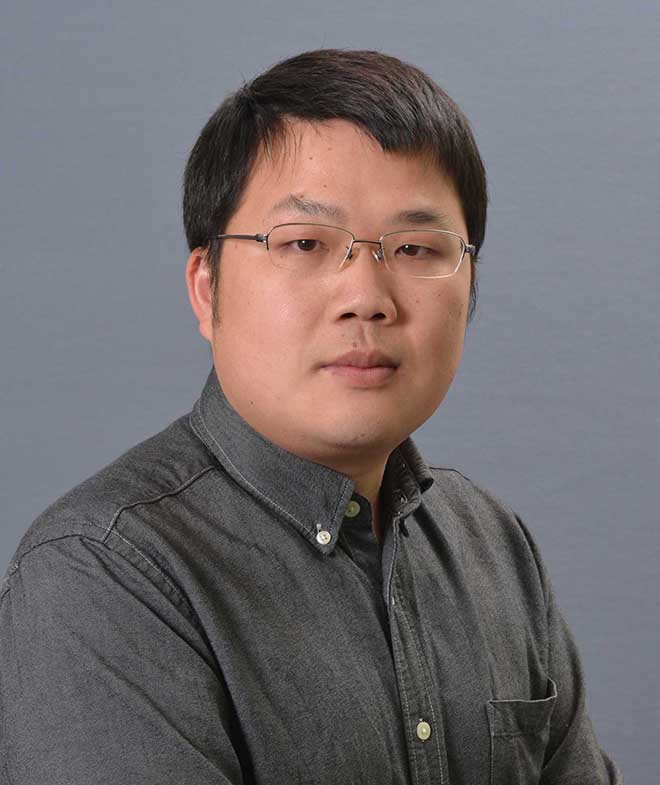 |
Haoran Xie, Ph.D.
|
 |
Latest News
- 2024.03 Welcome to join ISID 2024(3/14-15, online), free to register, CFP poster submission.
- 2024.01 will serve as program committee of CASA2024, Cyberworlds2024, NICOINT2024, IEVC2024.
- 2024.01 Our recent projects have been accepted in IEEE Access 2024, ICRA2024, IUI2024, IWAIT2024, CGIP2024, HCII2024.
- 2023.10 will serve as the Educator's Forum Chair for ACM SIGGRAPH ASIA 2024.
- 2023.08 Our AniFaceDrawing project has been reported by various medias: [ACM Technews] [TechXplore] [EurekAlert!] [alphagalileo] [JAIST] [Waseda] [ScienceDaily] [News8Plus] [日本の研究] [SINA] [QQ] [北陸放送] [北國新聞] [PC Watch] [CGWORLD]
- 2023.08 We will organize JAIST-NSF IRES Physical AI Workshop in JAIST hybridly.
- 2023.05 Our AniFaceDrawing has been accepted in ACM SIGGRAPH 2023 conference track.
- 2023.05 Our DualSlide, Sketch2Cloth, GridDrawing have been accepted in NICOGRAPH International 2023.
- 2023.04 Our IUI2023 project has been reported by JAIST, Utokyo, JST, TechXplore, EurekAlert!,alphagalileo, etc. (details)
- 2023.04 Our dualface recieved Honorable Mention Award of CVM Journal Award in 2022. Congratulations!
- 2023.03 We will organize 3rd International Symposium on Intelligence Design(ISID2023). Register and Submit before 2/20!
- 2023.01 Our recent projects have been accepted in CVM, IEICE Trans., Buildings, Sensors, IUI 2023, IWAIT 2023.
- 2022.11 3-years-NSF-Project Physical AI Design (PI: Prof.Bo Zhu) has been launched. Please check project webpage here.
Short Bio
-
H. Xie is an Associate Professor at Japan Advanced Institute of Science and Technology (JAIST)
from April 2023, also work in JAIST Research Center for Cohabitative-AI×Design. Before that,
he was Assistant Professor (2018), Senior Lecturer (2020) in JAIST.
project Assistant Professor and postdoc researcher in User Interface Research Group working with
Takeo Igarashi in University of Tokyo from April 2015. Ph.D. and M.S. in Computer Graphics under the supervision of Kazunori Miyata
from JAIST (2015), B.S. in Applied Mathematics from Anhui University (2006). Visiting Kent State University (2013-2014) working with Ye Zhao, University of Sydney (2011), University of California Davis (2012).
Member of ACM, IEEE, IPSJ, Society for Art and Science. Have been reported by Daily Industrial News, ITmedia NEWS, TechXplore, China Science Daily etc.
[NSF IRES: Summer Research Intern Opportunity]: From 2022 Fall, we started to direct a three-year research project on Physical AI Design sponsored by NSF with Prof.Bo Zhu (PI) and Prof. Takeo Igarashi. We are actively looking for summer research interns in the areas of physics simulation, machine learning, and user interface in Dartmouth College, University of Tokyo and JAIST. More information about the internship can be found on the project webpage. (The applicant must be a U.S. citizen or permanent resident)
Research Vision
- Human-Centered Generative AI (Degrees of Information Science):
- 2D Image Generation: sketch-to-image, text-to-image, image-to-image, etc.
- 3D Model Generation: sketch-to-3D, neural field, text-to-3D, SDFs, NeRF, etc.
- Dynamics Generation: sketch-to-dynamics, fluid simulation, character animation, etc.
- Design/Drawing Assistance: user guidance, drawing interface, generative models, etc.
- Augmented Human and Beyond (Degrees of Knowledge Science):
- Supernumerary Robotic Limbs: robotic arm, soft robotic, shape-changing interface, wearable devices, etc.
- Spatial Computing for Human Augmentation: creativity support, digital fabrication, training and sports,etc.
- Human-in-the-Loop User Interfaces: active learning, video retrieval, machine learning, etc.
Our group provides the education of both Information Science and Knowledge Science degrees for self-motivated PhD/Master students. We explore innovative research projects in Interactive Computer Graphics, Deep Learning, Image Generation, Human-Computer Interaction, Human Augmentation and Robotics with the following current main research topics: (For research introduction, please refer [JAIST][Sketch].)
Research Projects (For more details, please refer to page Publications and Videos.)
| Human-Centered Generative AI + Image Generation | ||
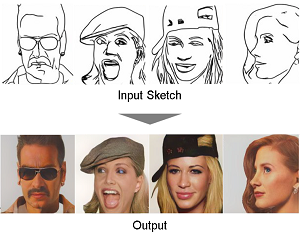 (DiffFaceSketch, IEEE Access 2024)
(DiffFaceSketch, IEEE Access 2024)[Project][PDF] |
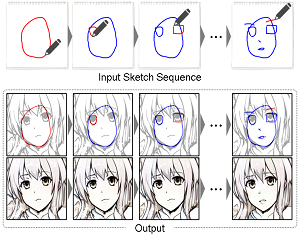 (AniFaceDrawing, SIGGRAPH 2023)
(AniFaceDrawing, SIGGRAPH 2023)[Project][PDF][Video] |
|
[Project][Code] [PDF][Video] [Talk][CVM] |
[Project][Video][IEEE](Best Paper Nomin) |
[PDF][Arxiv] [SPIE] |
Human-Centered Generative AI + Model Generation |
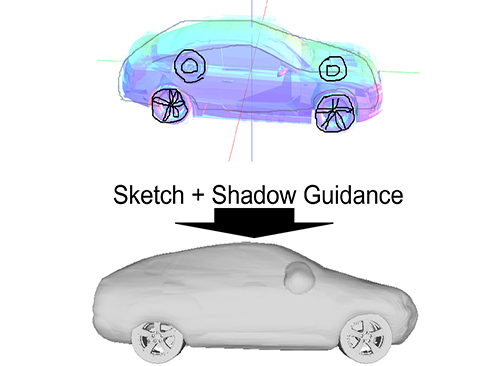 (DualShape, IEEE Access 2024)
(DualShape, IEEE Access 2024)[Video][PDF] |
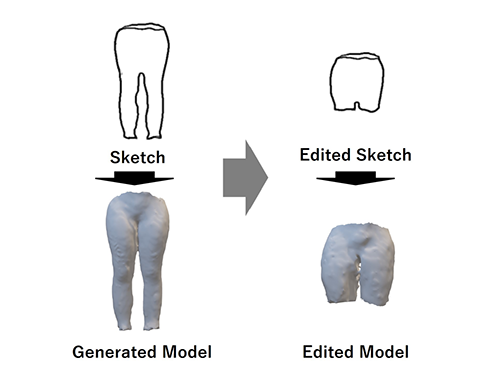 (Sketch2Cloth, NICOINT 2023)
(Sketch2Cloth, NICOINT 2023)[Video][PDF] |
Human-Centered Generative AI + Dynamics Generation |
[Project][Code] [PDF][Video] |
||
[Video] [PDF] |
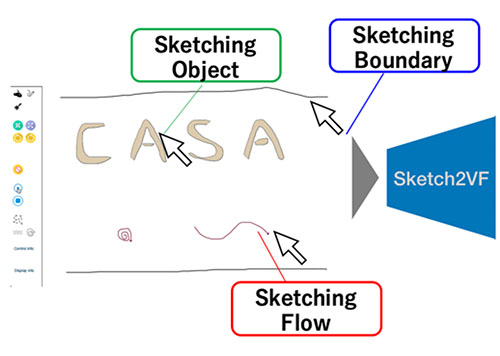 (Sketch2VF, CASA2019, CAVW2019)
(Sketch2VF, CASA2019, CAVW2019)[Project][Video] [PDF](Best Paper Nomin) |
[Project][Youtube][IEEE] |
Human-Centered Generative AI + Augmented Human |
 (AniFaceDrawing, SIGGRAPH 2023)
(AniFaceDrawing, SIGGRAPH 2023)[Project][PDF][Video] |
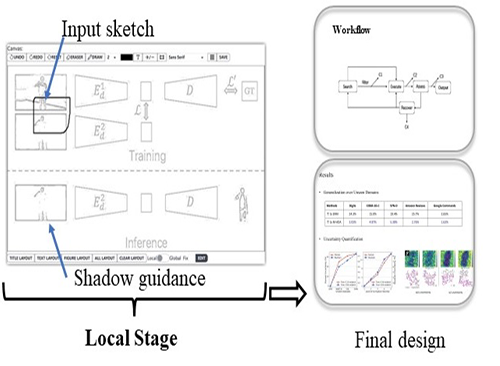 (DualSlide, NICOINT 2023)
(DualSlide, NICOINT 2023)[PDF][Video] |
[Project][Code] [PDF][Video] [Talk][CVM] |
Augmented Human + Wearable Computing |
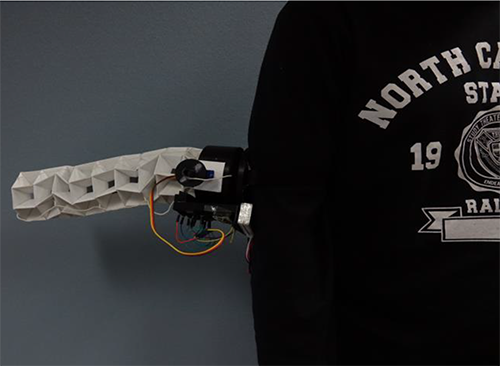 (OrigamiBot, AsianCHI 2023)
(OrigamiBot, AsianCHI 2023)[Youtube][ACM] |
||
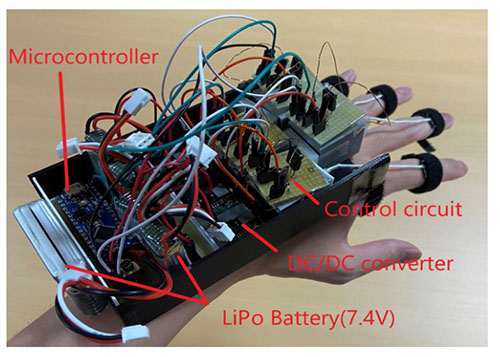 (MagGlove, Cyberworlds 2022)
(MagGlove, Cyberworlds 2022)[Paper][IEEE] |
[Project][Video][NEWS][ACM](Best Short) |
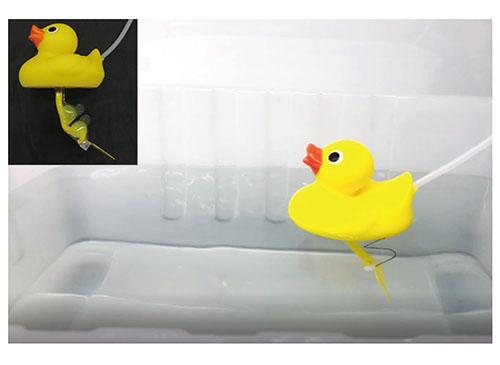 (xBalloon, AH 2021)
(xBalloon, AH 2021)[Project][Youtube] [ACM] |
[Project][Video][NEWS][PDF] |
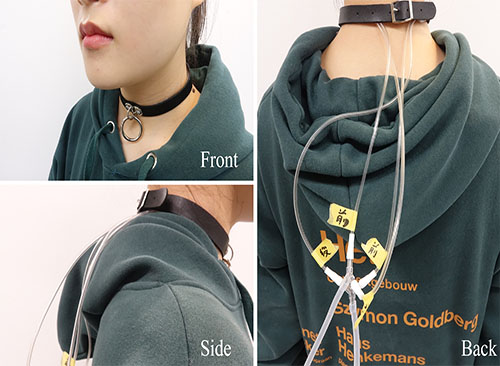 (NaviChoker, AH 2021)
(NaviChoker, AH 2021)[Project][Youtube] [ACM] |
[Project][Video] [ACM](Best Presentation) |
[Project][Video][ACM](Best Paper Award) |
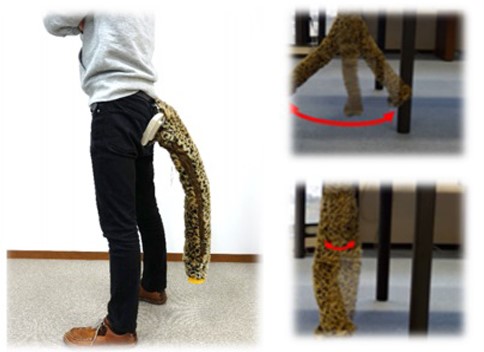 (RESTAIL, AH 2019)
(RESTAIL, AH 2019)[Project][Youtube] [News][TV] [ACM] |
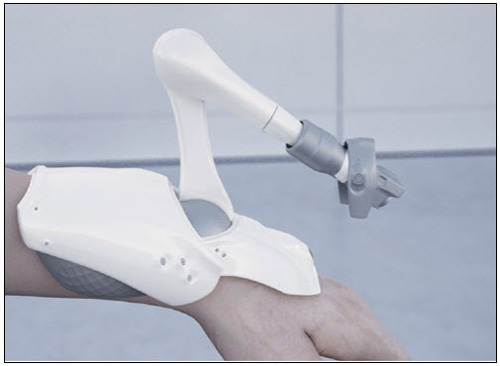 (HAIRS, China I&E Intl Competition 17)
(HAIRS, China I&E Intl Competition 17)[PPT][WEB](IT 2nd; Final 3rd Prize) |
Augmented Human + Spatial Computing |
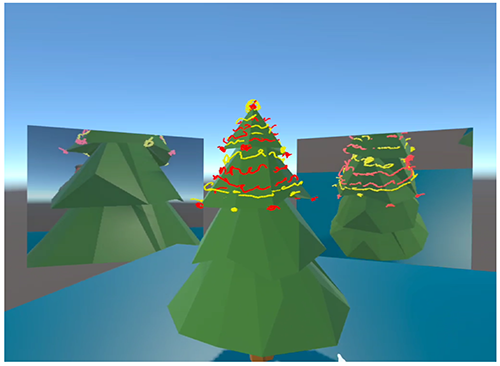 (MultiBrush, ICVR 2023)
(MultiBrush, ICVR 2023)[Youtube][IEEE] |
[Video][IEEE](Best Presentation Award) |
[Youtube] [IEEE](Best Poster) |
[PDF][Springer] |
[arXiv][Project][Springer] |
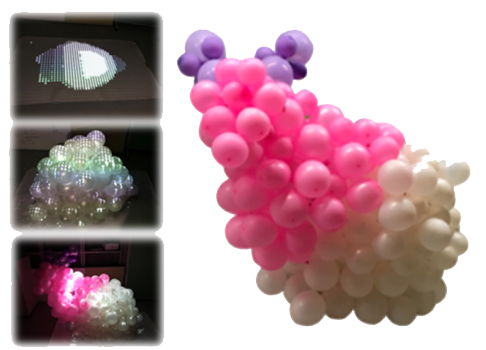 (BalloonFAB, CHI 2019-LBW)
(BalloonFAB, CHI 2019-LBW)[Project][Youtube] [ACM] |
[Youtube] [IEEE] |
[Youtube] [IEEE] |
[Project][Youtube] [IEEE] |
[Youtube] [IEEE](Best Presentation) |
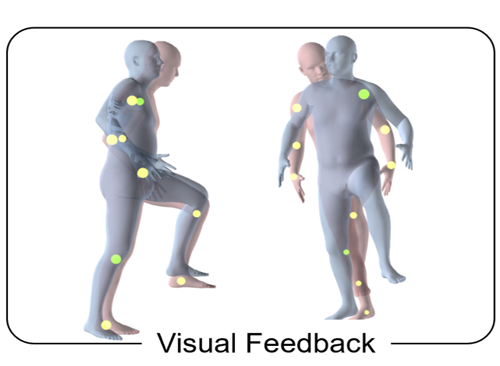 (CoreTraining, NICOINT 2019)
(CoreTraining, NICOINT 2019)[Youtube][IEEE] [PPT] |
[Project][Youtube] [IEEE](Best Paper) |
Augmented Human + Human Perception |
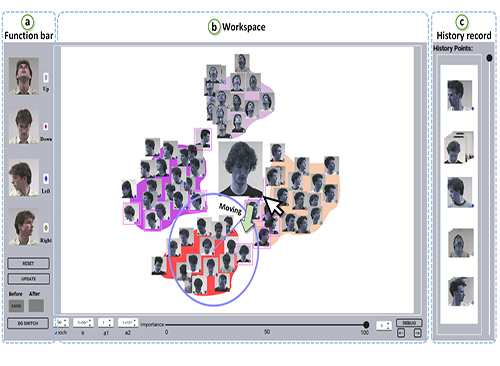 (SpaceEditing, IUI 2024)
(SpaceEditing, IUI 2024)[PDF][Youtube] |
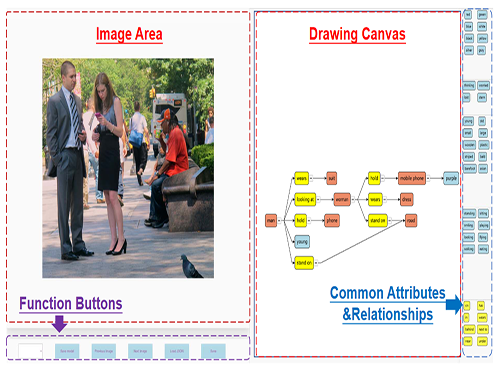 (SGDraw, HCII 2023)
(SGDraw, HCII 2023)[PDF][Youtube] |
[ACM][Video][IEEE](Best Poster) |
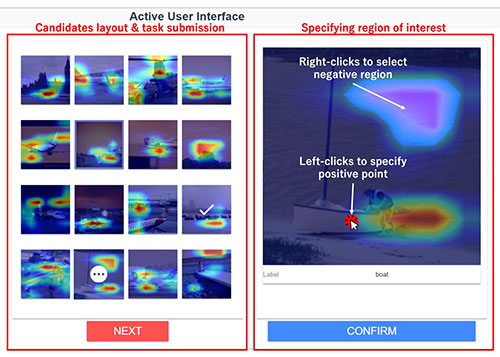 (GuideDNN, IUI 2023)
(GuideDNN, IUI 2023)[Project][PDF] [Video][Code] |
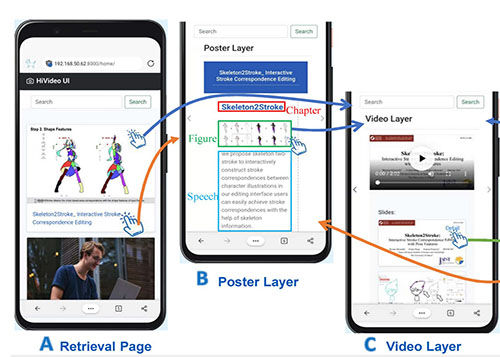 (HiVideo, SIGGRAPH 2022 Poster)
(HiVideo, SIGGRAPH 2022 Poster)[Project][Youtube][Code][PDF] |
 (Find Your ASMR, HCII 2022)
(Find Your ASMR, HCII 2022)[PDF][Youtube] |
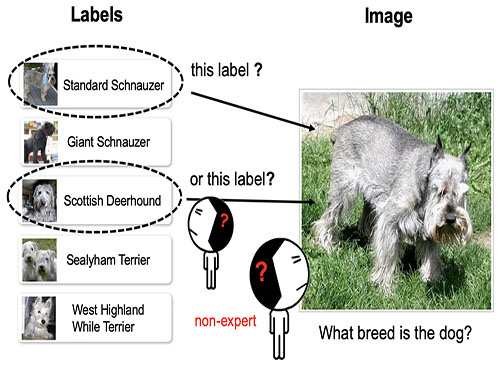 (DualLabel, Graphics Interface 2022)
(DualLabel, Graphics Interface 2022)[Project][Youtube][PDF] |
[Web][PDF][Youtube] |
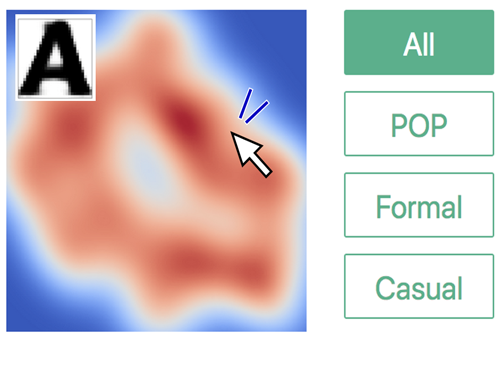 (FontManifold, NICOINT 2019)
(FontManifold, NICOINT 2019)[Youtube][IEEE] [PPT] |
[PDF][Springer] |
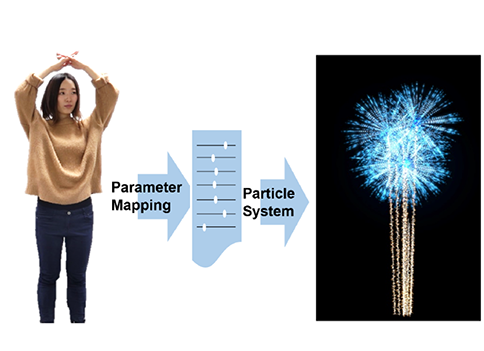 (Body2Particles, ICEC 2020)
(Body2Particles, ICEC 2020)[Project][Youtube] [Springer] |
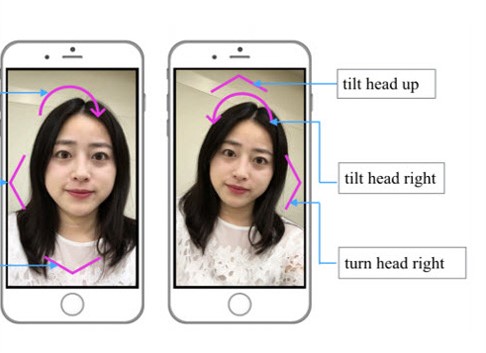 (Selfie, IUI18-ws)
(Selfie, IUI18-ws)[Project][PDF] [Youtube] |
Others (Physics Simulations, Data-Driven Simulations, Robotics) |
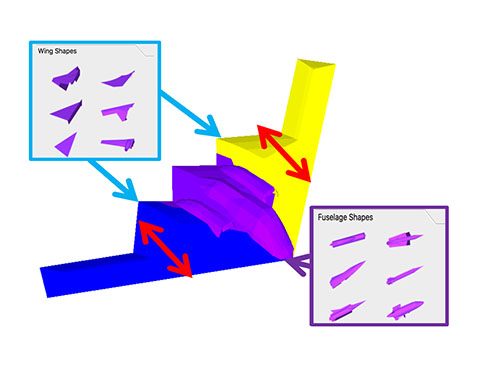 (PanelAD, ACM SIGGRAPH, TOG 18)
(PanelAD, ACM SIGGRAPH, TOG 18)[Project][Youtube] [ACM] |
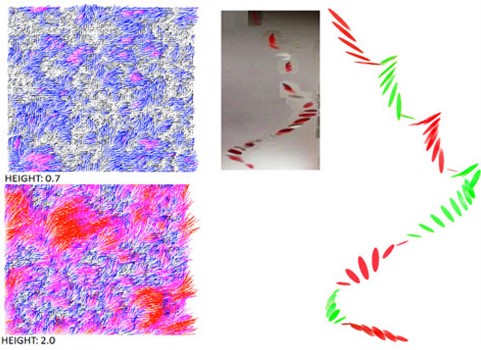 (Light Rigid, Visual Computer 14)
(Light Rigid, Visual Computer 14)[Project][Springer] [Youtube] |
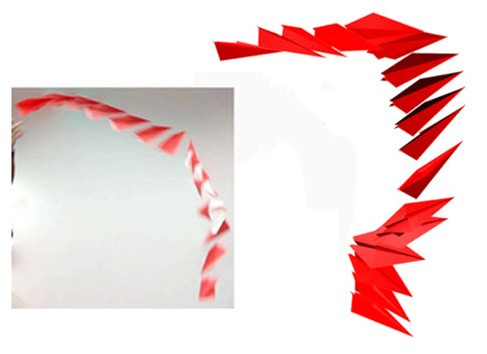 (Stochastic, SIGGRAPHAsia13-brief)
(Stochastic, SIGGRAPHAsia13-brief)[Project][ACM] [Youtube] |
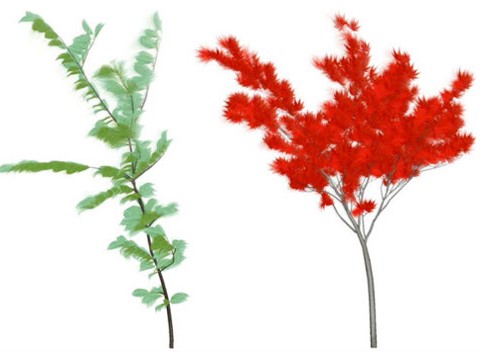 (Tree Animation, Visual Computer 17)
(Tree Animation, Visual Computer 17)[Springer] |
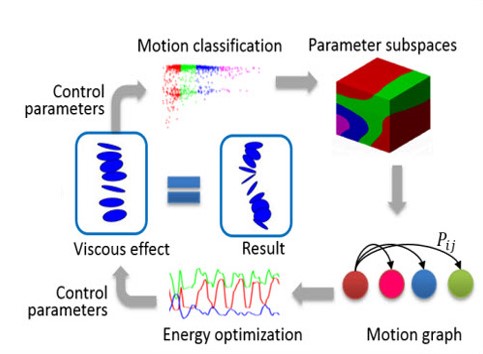 (Pattern Guided, MIG 15)
(Pattern Guided, MIG 15)[Project][Youtube][PPT] [ACM] |
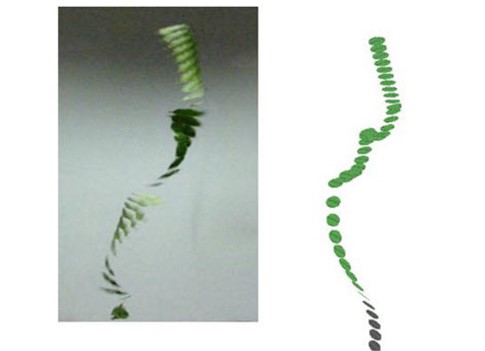 (Falling, SIGGRAPHAsia11-sketch)
(Falling, SIGGRAPHAsia11-sketch)[ACM] [Youtube] |
[IEEE][Arxiv][Youtube][News] |
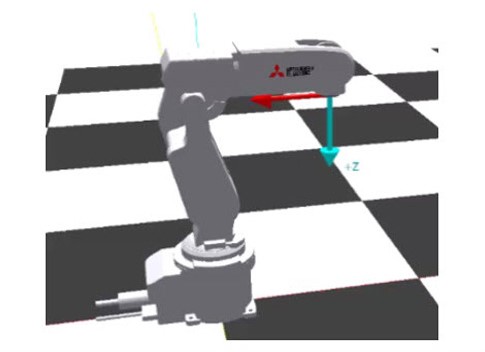 (Robot Drawing, 2016)
(Robot Drawing, 2016)[PDF][Youtube] |
Awards and Honors
- Best Poster Award (X.Du), 4th International Symposium on Intelligence Design, 2024/03. [LINK]
- Best Poster Award (B.Huang), 4th International Symposium on Intelligence Design, 2024/03. [LINK]
- Best Presentation Award (T.Zhang), CGIP 2024, 2024/01. [LINK]
- Excellent Oral Presentation Award (M.Kusunoki), ICVR 2023, 2023/05. [LINK]
- Honorable Mention Award (Z.Huang), CVM Journal Award in 2022, 2023/04. [LINK]
- Best Poster Award (Y.Peng), 3rd International Symposium on Intelligence Design, 2023/03. [LINK]
- Best Paper Award (Y.He), IPSJ SIG on CGVI 187, 2022/09. [LINK]
- Best Student Presentation Award (Y.He), IPSJ SIG on CGVI 187, 2022/09. [LINK]
- Best Short Paper Award (M.Ohyori), NICOGRAPH International 2022 (NICOINT2022), 2022/06. [LINK]
- Best Paper Honorable Mention Award (A.Sato), NICOGRAPH International 2022, 2022/06. [LINK]
- Best Presentation Award (W.Omori), IPSJ INTERACTION 2022, 2022/02. [LINK]
- Best Full Paper Nominee Award (S.Luo), NICOGRAPH International 2021, 2021/07. [LINK]
- Best Short Paper Award (Z.Huang), NICOGRAPH International 2021, 2021/07. [LINK]
- Best Poster Presentation Award (H.Wang), NICOGRAPH International , 2021/07. [LINK]
- Best Short Paper Award (Z.Ding), Augmented Human 2021 (AH2021), 2021/05. [LINK]
- Best Poster Award (Z.Huang), 1st International Symposium on Intelligence Design, 2021/03. [LINK]
- Best Poster Award (R.Miyauchi), 1st International Symposium on Intelligence Design, 2021/03. [LINK]
- Best Short Paper Award (Hotta@Fukui Uni.), IMVIP 2020, 2020/09 [LINK]
- Best Online Presentation Award (Poster) (Z.Huang), NICOGRAPH International 2020, 2020/06 [LINK]
- Best Online Presentation Award (Paper) (Z.He), NICOGRAPH International 2020, 2020/06 [LINK]
- Best Online Presentation Award (Paper) (Y.Peng), NICOGRAPH International 2020, 2020/06 [LINK]
- Best Paper Award (Y.Peng), NICOGRAPH International 2020, 2020/06 [LINK]
- 2nd Best Paper Award, Augmented Human 2020, 2020/06 [LINK]
- Top Downloaded Paper, Computer Animation and Virtual Worlds, Wiley, 2020 [LINK]
- Student Best Presentation Award (Y.Adachi), HCG Symposium 2019, 2019 [LINK]
- Best Paper Nominee Award (Z.Hu), Computer Animation and Social Agents 2019, 2019 [LINK]
- Front Cover Image, Computer Animation and Virtual Worlds, 2019 [LINK]
- FUNAI Research Award for Young Scientists, FUNAI Foundation, 2019 [LINK]
- 3rd prize (10/2300), 1st China Innovation International Competition, 2017
- 2nd prize, Industrial Final (IT), 1st China Innovation International Competition, 2017
- IPSJ SIG Recommended PhD Thesis, Information Processing Society of Japan, 2015/08 [LINK1][LINK2]
- Valedictorian (Representative of the Graduates), JAIST, 2015/03
- Outstanding Performance Students Award (Ph.D.), JAIST, 2015/03
- Highlighted paper, SIGGRAPH Asia 2013@ACM, 2013/11 [News][Link]
- Best Poster Award, Fellowship Report Session@JAIST, 2013/09
- Best Paper Award, NICOGRAPH International 2013@The Society for Art and Science, 2013/06 [LINK]
- Outstanding Performance Students Award (M.S.), JAIST, 2012/03
- JAIST Full Scholarship, JAIST, 2012-2013
- JASSO Scholarship for International Students, JASSO, 2011-2012
- GRP Scholarship for Master Students, JAIST, 2011-2012
- Student Scholarship, 4 times, Anhui university, 2002-2006
Profile
- Associate Professor@JAIST, 2023.04 - current
- Senior Lecturer@JAIST, 2020.10 - 2023.03
- Assistant Professor@JAIST, 2018.04 - 2020.09
- Project Assistant Professor@University of Tokyo, 2017.04 - 2018.03
- Postdoc Researcher@University of Tokyo, 2016.04 - 2017.03
- JSPS Research Fellow (PD)@University of Tokyo, 2015.04 - 2016.03
- Ph.D. (Computer Graphics)@JAIST, 2012.04 - 2015.03
- JSPS Research Fellow (DC2)@JAIST, 2014.04 - 2015.03
- Visiting Scholar@Kent State University, (2013)
- M.S. (Computer Graphics)@JAIST, 2010.04 - 2012.03
- Visiting Scholar@The University of Sydney, Australia, (2011)
- Research Student(Computer Graphics)@JAIST, 2009.10 - 2010.03
- System Engineer, Project Leader@USTC EBT, 2006.07 - 2009.09
- B.S. (Applied Mathematics)@Anhui University, 2002.09 - 2006.06
Contact
| Tel: | +81-0761-51-1721 |
|---|---|
| Address: | 1-1 Asahidai, Nomi, Ishikawa, 923-1211, Japan |
| Mail: | xie@jaist.ac.jp |